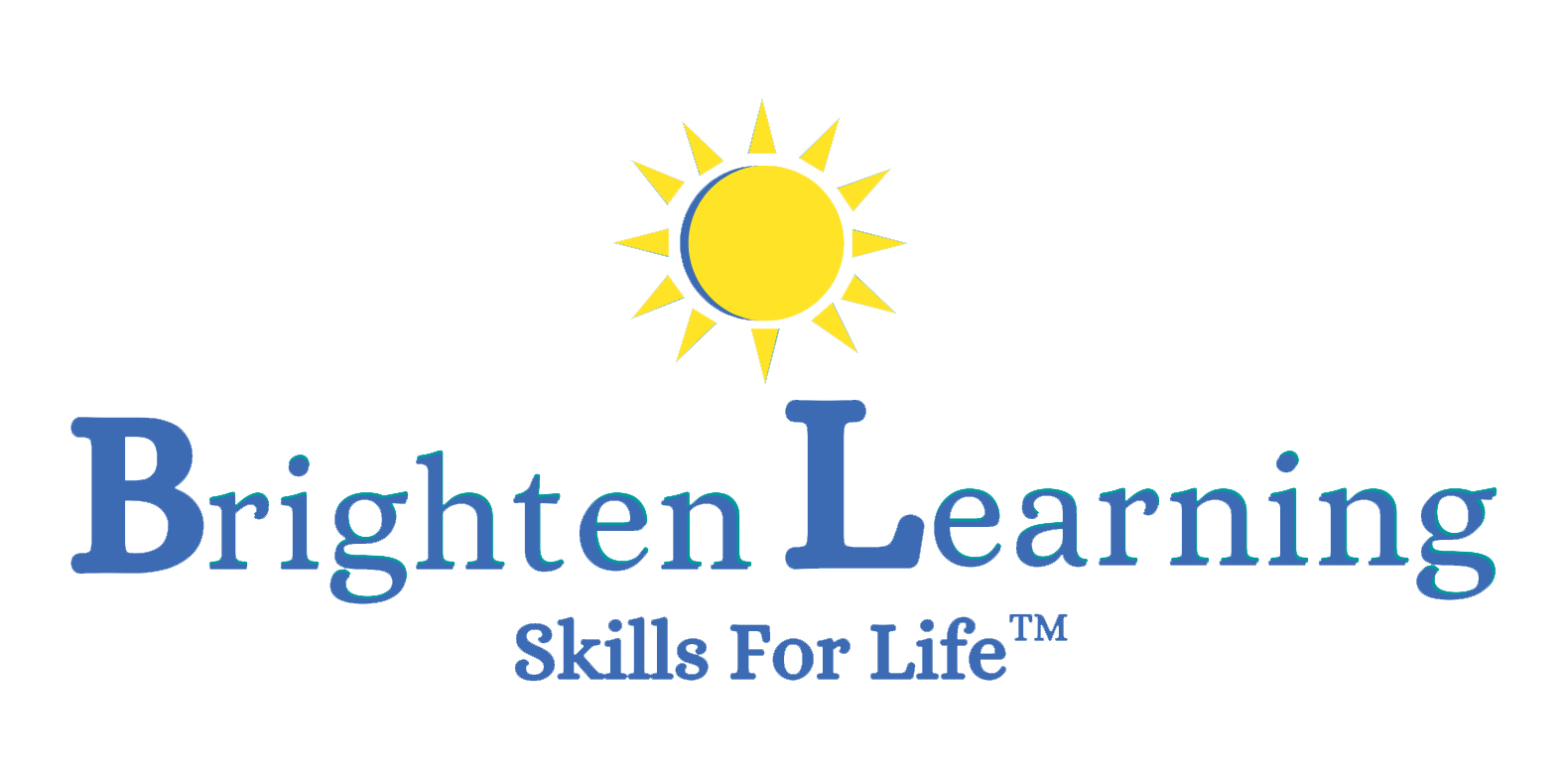For kids with autism, this tech matters- CNET
For these kids, games and cute robots are more than just fun. On World Autism Awareness Day, we look at some of the ways technology is improving the lives of those with the condition.
CNET
Tech Culture
April 2, 20165:00 AM PDT
Amanda Kooser mugshot
by Amanda Kooser
@akooser
Leslie Katz mugshot
by Leslie Katz
@lesatnews
In The Social Express, a cast of animated characters help kids with autism learn helpful social skills.
The Social Express.
Both Katie and her teacher look like they’d be right at home in a Pixar film, and at first their conversation seems like it would fit in one too.
The ponytailed and pink-clad Katie really wants to sharpen her pencil, but her teacher won’t let her until the other kids in the class finish taking a test. Katie asks again, but the teacher offers the same frustrating answer.
“Katie seems upset that her teacher said ‘no.’ How should Katie respond? Let’s help Katie make the best choice,” a narrator says. “Remember, sometimes parents and teachers say ‘no’ when you ask them for something. It’s important that we stay calm and respond appropriately.”
The conversation, highlighted in software called The Social Express, aims to help kids diagnosed with autism spectrum disorder, or ASD, resolve conflicts and understand that no means no.
Related stories
Minecraft helps kids with autism build richer lives
Interactive robot aids autistic kids in the classroom
Siri, an autistic boy’s best friend
It’s an important lesson packaged in kid-friendly animation. And it’s just one of several programs and robots that help kids with autism communicate, interact socially and control repetitive behaviors. All these can be a struggle for those affected by the broad and complicated range of brain development issues that fall under the ASD umbrella.
The Social Express was created by Marc and Tina Zimmerman, who have identical twin boys, both diagnosed with autism. The twins reacted positively to the use of a laptop during home therapy sessions, and that inspired the Zimmermans to create software that teaches social cues through animated, interactive lessons. It works on computers, iPads and with interactive white boards in school settings, and it lets parents, educators and kids work through lessons on topics like making eye contact, taking turns, listening to others, showing respect and controlling emotions.
ASD today affects 74 million people, or 1 percent of the world’s population, according to the US Centers for Disease Control and Prevention. Many on the spectrum struggle to talk to other people and understand others’ thoughts and emotions, as well as their own. This makes it hard for many kids to form lasting relationships with those around them.
Enlarge Image
ASK Nao helps children with autism at Topcliffe primary school in the United Kingdom.
Ed Alcock
ASK Nao, a cute humanoid robot with a welcoming face, is another tech tool that can help. The bot, from Aldebaran Robotics, has a very specific purpose: to move, dance and interact with children with autism. The bot comes with special programs, like Guess Emotions, which involves NAO acting out an emotions and asking the child to identify it.
“Most children on the autism spectrum have a natural attraction towards technology, and Nao’s humanoid shape creates a perfect link between technology and humanity,” said Olivier Joubert, autism business unit manager at Aldebaran.
ASK Nao isn’t the only robot built to teach social skills to kids with autism. Back in 2010, a low-cost, child-size bot named Kaspar worked with kids who needed help learning proper social reactions.
Robots and apps are patient. They don’t judge. Even personal voice assistants like Siri can play a role, as the unlikely friendship between Apple’s artificial intelligence system and one child with autism shows.
Games can play a role too.
For kids with autism in a classroom in Australia, Minecraft is an effective teaching tool for communicating English, science, geography and art lessons. The multiplayer mode in this game, where you can build whole 3D worlds, encourages social interaction between students, improving conflict resolution and communications skills for kids with autism. Those skills can then translate to life outside the classroom. It can be challenging for people with autism to read body language and facial expressions.
April 2 is World Autism Awareness Day, with the entire month designated in the US as National Autism Awareness Month for promoting awareness of not only the condition itself, but also of the many creative tools for dealing with it. The campaign has designated blue as its signature color, and the hashtag #LIUB, for Light It Blue, is picking up traction on social media.
Autism organizations often use a puzzle piece as a symbol. It can represent the complexity of the disorder, but it can also be seen as a visual representation of how people with autism are key parts of a bigger picture, important pieces in the lives of their families and friends. Technology is finding its place in that jigsaw.
